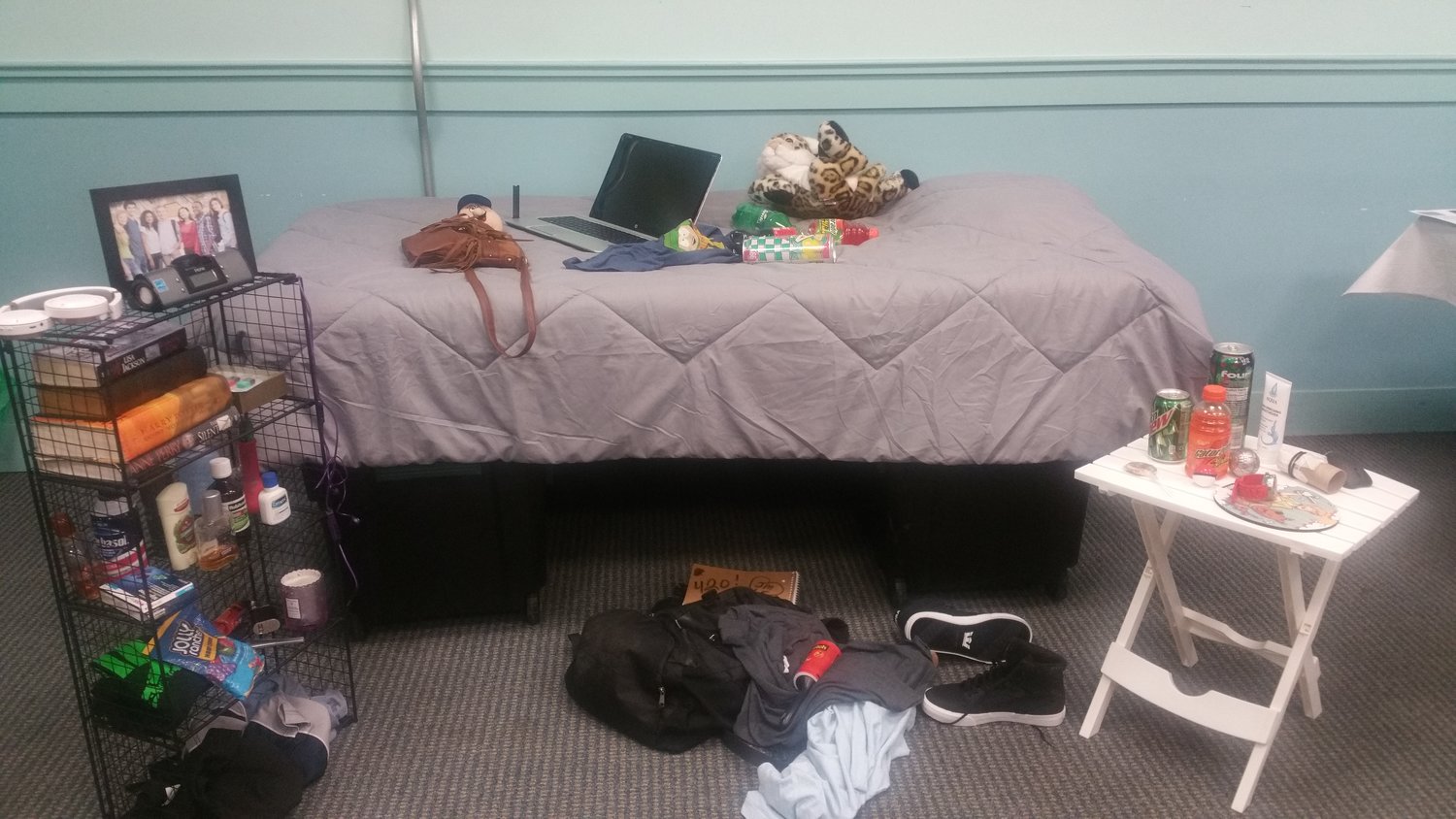‘In Plain Sight’ puts North Shore parents to the test
Picture a teen’s bedroom. What do you see? A pile of dirty laundry on the floor, a stack of schoolbooks on the desk, knickknacks lining the walls and shelves. Nothing out of the ordinary — or so you’d think.
Parents may not expect their teenagers to hide drug paraphernalia in the unassuming nooks and crannies of their own bedrooms, but that’s exactly where they might be.
The North Shore Coalition Against Substance Abuse and North Shore Schools will host an interactive program on Dec. 17 at the middle school, presented by the Student Assisted Services Corporation, a substance abuse prevention agency in Westchester County. “In Plain Sight” is intended to educate parents on what may be found in their children’s bedrooms and how to encourage health and wellness conversations at home.
Parents will be encouraged to sift through the contents of a mock bedroom for hidden references or paraphernalia that could indicate signs of substance use, ac-cording to Judy Mezey, the corporation’s director of community-based programs.
“This is just one of many presentations that we do,” she said, “and it helps parents be aware of current drug trends and the things that they may or may not recognize as indicators of substance use among their teens.”
The corporation initially offered this “trends training” online at poweroftheparents.org, but because of the interest among participants to observe the room in real life, SAS developed a mobile mock bedroom that has been shown at schools across the metropolitan area for the past 18 months.
Alison Camardella, president of the Coalition Against Substance Abuse, said she heard about “In Plain Sight” from her sister, a Board of Education trustee in Sleepy Hollow, and a fellow coalition member, an administrator in the Pelham school districts.
“They had seen this presentation and were both very impressed about how fantastic and informative it was,” Camardella said. “To me, the kids are al-ways going to be 10 steps ahead of us, and to not realize that is a parent’s worst mistake. We only know a small fraction of the language and the paraphernalia, and we don’t want to be guilty of ignorance.”
The mock bedroom features a bed, a shelving unit and a side table strewn with typical teen treasures: a laptop, hygiene items, leftover snacks and drink containers and a backpack with notebooks spilling out of it. Take a closer look, however, and the everyday items display signs of drug use.
Attached to the laptop is a juul, a popular vaping device that closely resembles a flash drive. The personal hygiene supplies feel hollow, suggesting a drug stash. A Four Loko, an alcoholic beverage, sits next to bottles of Gatorade and iced tea, whose appearance look similar to the Four Loko’s colorful can. And on the back of a notebook, written in marker, is the number 420, a reference to marijuana use.
“Something kind of magical happens when parents enter the room, and they’re opening up a pair of socks and finding fake drugs,” Mezey said. “It makes parents think of what may or may not be in their children’s room.”
The purpose of providing a space for parents to investigate these hiding places, Mezey added, is to raise awareness, not animosity. “This is not a ‘gotcha’ sort of thing,” she said. “We want parents to have as much information as possible, so they can talk to their kids about how to keep them safe and healthy.”
Camardella said that at many of the coalition’s board meetings, their conversations centered on what they can teach parents to help keep their children away from drugs.
“As an organization, we’re now focusing heavily on education and prevention, and that starts not only at the school level but with the parents themselves,” said Kevin McGilloway, the coalition’s executive director. “People say, ‘Not my kid.’ This program will help to make sure that not knowing what you don’t know doesn’t come back to bite you.”
For more information about the Student Assisted Services Corporation, visit www.sascorp.org.

 50.0°,
Mostly Cloudy
50.0°,
Mostly Cloudy 





